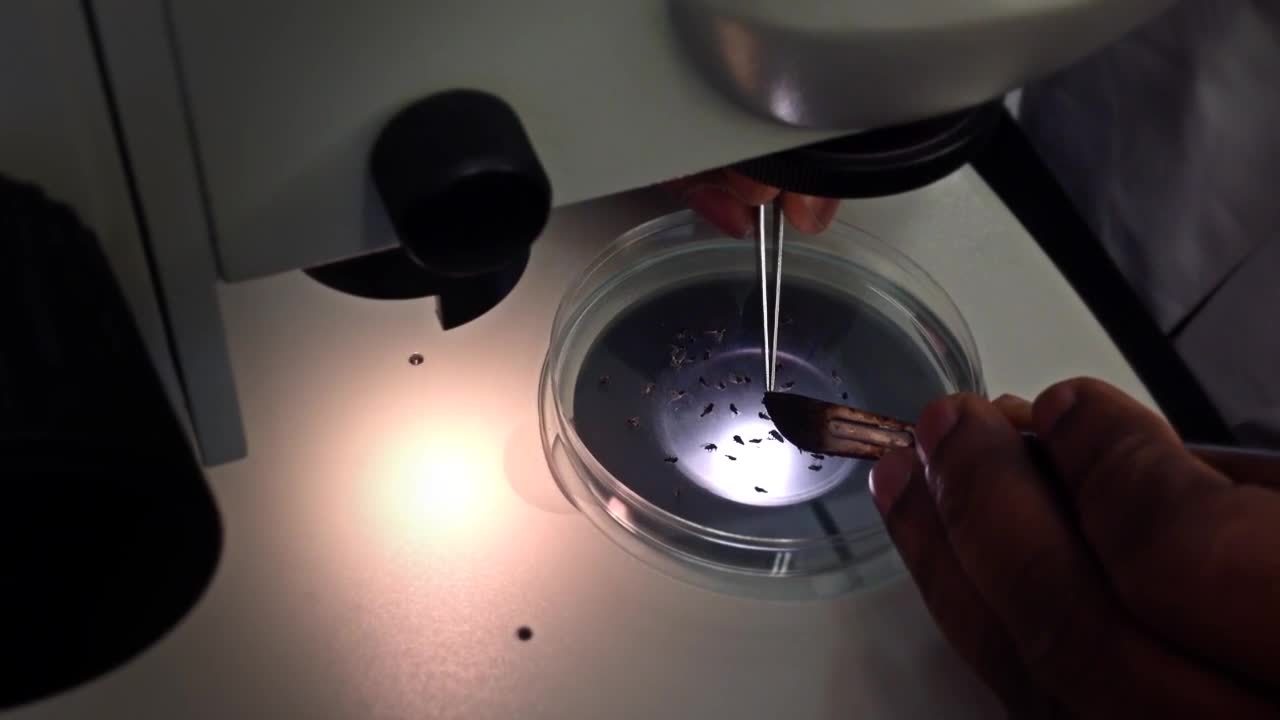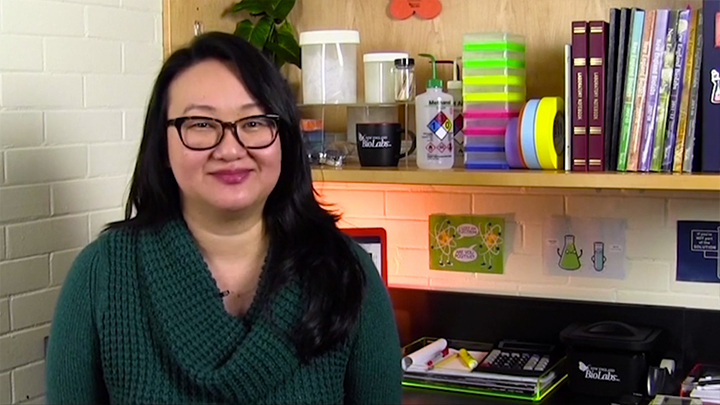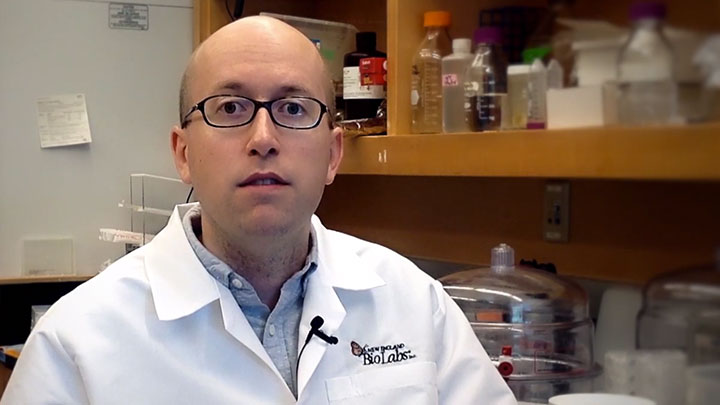Behind the Paper: A Simple Isothermal DNA Amplification Method to Screen Black Flies for Onchocerca volvulus Infection

Script
Onchocerciasis, or River Blindness as it is commonly known, is one of the neglected tropical diseases with great impact on health for people in Africa, some parts of Latin America and the Yemen peninsula. There is the need for a proper, specific, and sensitive differential diagnosis for this disease.
The parasite is a worm called Onchocerca volvulus. People get infection through the bites of these black flies. So, to determine the level of infection these flies are caught, dissected, to detect these parasites. However, this methodology is quite tedious, time-consuming, and sometimes the method is not sufficient for proper identification of these worms.
Again, we have PCR techniques, which are used to detect parasite DNA in these flies. The cattle parasite and the human parasite are so closely related that the PCR biomarker used cannot differentiate between the two. Hence, there been a need for a proper method that can be used to differentiate these two parasites.
Our findings in this study have been the identification of a proper biomarker for specific detection of Onchocerca volvulus in the black fly. The second big finding in this study was the incorporation of a very simple detection platform for the detection of this parasite. We incorporated a dye system, which is just a colormetric system that, upon reaction and upon change of color, we are able to detect whether your test is positive or is negative.
With the color change procedure, we compared two different color-change dyes, the NEB, the red, and the commercially available Naphthol blue reagent. The Bst 2.0 was the enzyme we used for this current study. The assay is based on the LAMP technology. It's one of the cheapest technologies so far, as compared to, let's say, the standard PCR. And what makes it more applicable to resource-poor countries is the fact that it uses just basic equipment. You can either use the LAMP pH-based platform, or simply a water bath, or any device that can heat up to, let's say, between 60 and 65 degrees. We're in collaboration with two labs, one in Ghana, one in Cameroon, and the idea is to optimize and have the asset tried in the field, in the field conditions.
Related Videos
-

Behind the paper: Examining Sources of Error in PCR by Single-Molecule Sequencing -

Behind the Paper with Greg Lohman -

Behind the Paper: Visual Detection of Isothermal Nucleic Acid Amplification Using pH-sensitive Dyes

